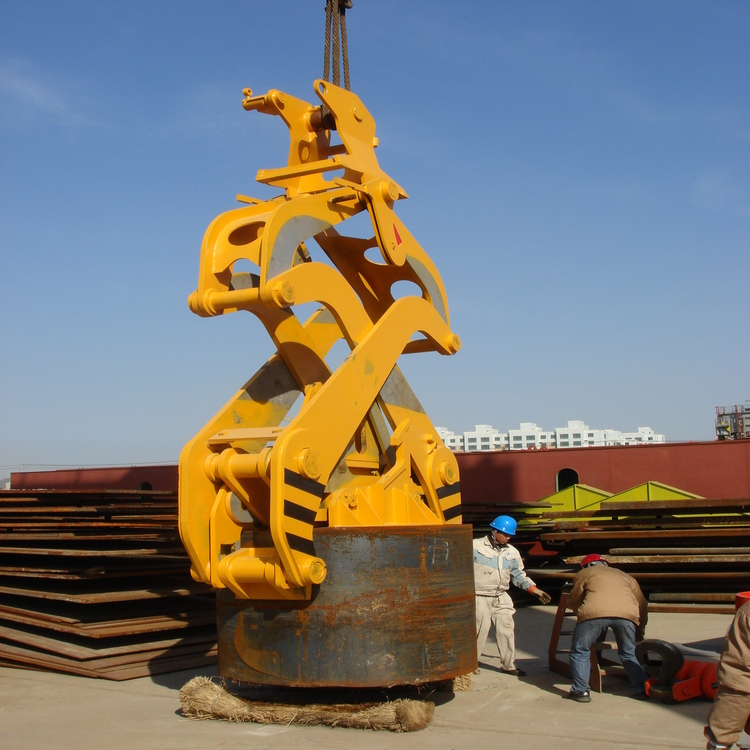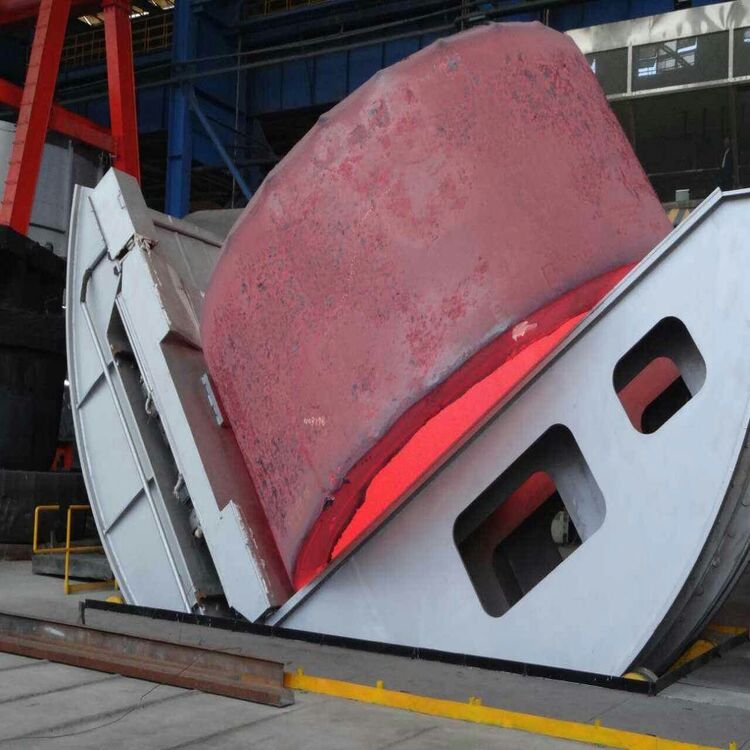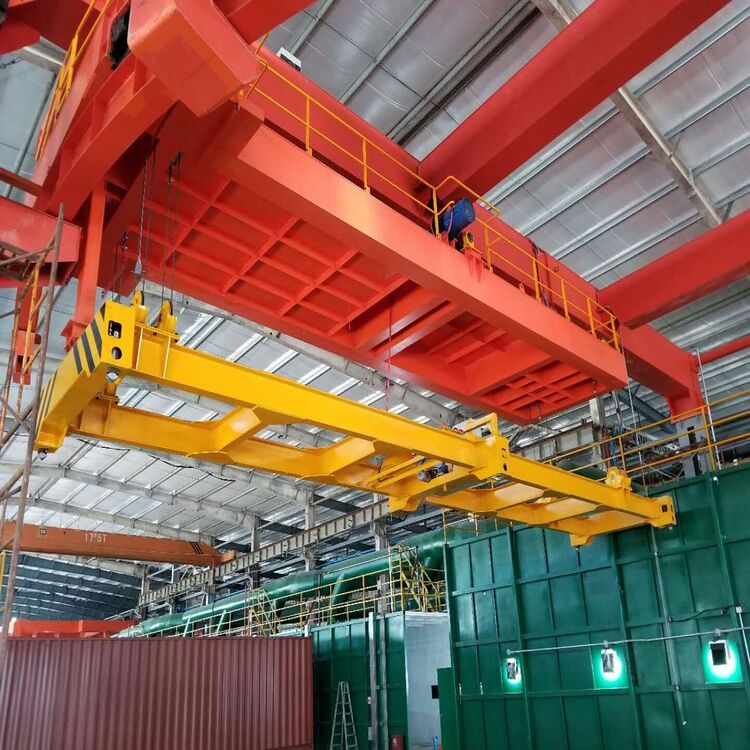
In the steel industry, the transportation of heavy steel coils presents significant operational challenges, demanding equipment that combines robustness, precision, and safety. The horizontal coil lifting device has emerged as a transformative solution, engineered to elevate both efficiency and safety standards across various industrial environments including metallurgy, port handling, and warehouse logistics.
The core of horizontal coil lifters lies in their compact structural design, which prioritizes optimal footprint utilization. Unlike traditional vertical lifting rigs that occupy excessive space and often obstruct workflows, these devices feature a streamlined framework that reduces occupied zone by up to 35%. This spatial advantage enables tighter maneuvering in congested areas and promotes smoother integration into existing material handling lines.
By minimizing footprint without compromising load capacity, companies can increase the operational tempo, cutting downtime between lifts and transit by an estimated 20%, translating directly into labor cost savings and throughput gains.
A distinguishing technological innovation within horizontal steel coil lifters is the uniform gripping force mechanism. This technology ensures that the grabbing arms exert equal pressure distributed evenly around the coil circumference, effectively mitigating risks of slippage and mechanical damage.
Through this balanced distribution, the lifting device minimizes deformation, preventing the common stresses that lead to material compromise. Field data indicates that equipment using such systems can reduce coil damage rates by 40% compared to imbalanced grabbing counterparts, significantly lowering loss-related expenses.

The adaptability of horizontal coil lifting equipment is a major factor in its widespread adoption. In sheet metal processing plants, these lifters streamline coil loading and positioning with remarkable precision, accelerating production line uptime. In warehouse transfers, their compactness permits efficient stacking and minimal aisle obstruction, enabling optimized storage configurations.
Port operations benefit immensely from the durable build and firm grasp these devices provide, allowing smooth handling in high-turnover environments. This multi-environment compatibility allows industries to maintain higher asset utilization rates, with some operations reporting a 15% increase in daily material moves post-adoption.

| Key Performance Indicator | Improvement | Impact |
|---|---|---|
| Operational Efficiency | +20% faster cycle times | Higher throughput, reduced labor costs |
| Material Damage Rate | -40% | Lower replacement & repair expenses |
| Workplace Safety Incidents | -30% | Reduced injury risk, stronger compliance |
| Manpower Utilization | -15% | Optimized workforce allocation |
Data references from industry-leading case studies across steel handling facilities in Europe and Asia, aggregated over a 12-month field implementation period.

Ultimately, the integration of horizontal steel coil lifting devices empowers companies to drive operational cost reduction and efficiency improvement simultaneously. Its advanced gripping technology, space-conscious engineering, and multi-industry adaptability establish a new benchmark for safe and efficient coil handling. Embracing this innovation positions businesses to meet increasing production demands without compromising workforce safety or material integrity.

